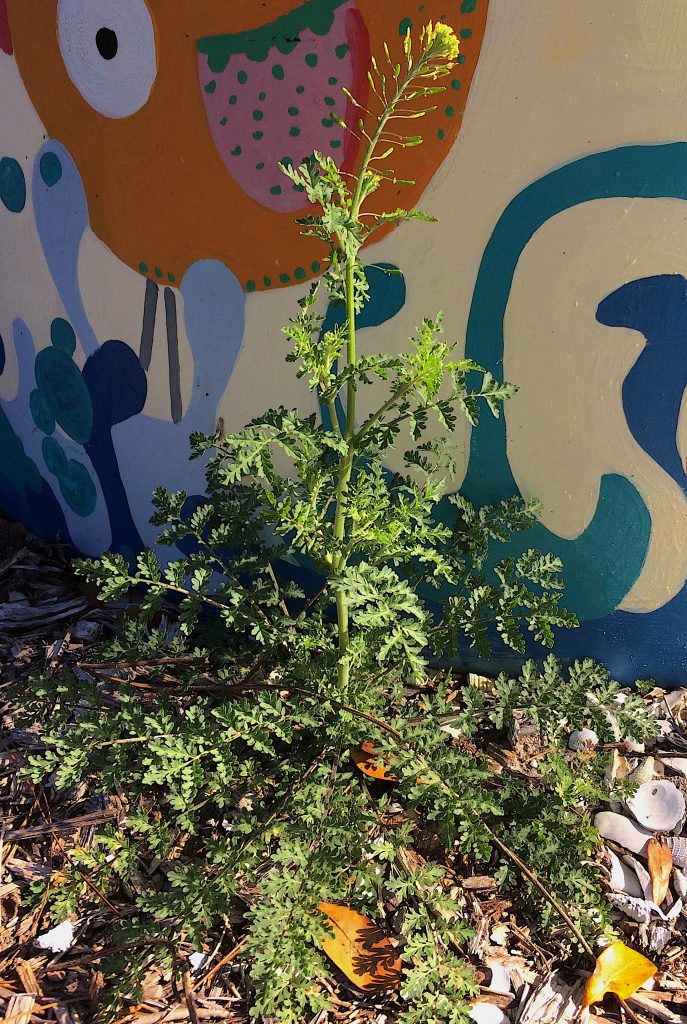
The Western Tansy Mustard is one of our shortest-lived winter-time forageables. It’s not flashy and is often either too small or too old to be seen. It also likes very dry place and cool temperatures. I often find it dusty areas where you find livestock such as paddocks and corrals. Of all the Micro-Mustards it is the mildest in flavor, at least for humans. The texture is fuzzy. More confusing is there is no Eastern Tansy Mustard. You read about the Western Tansy Mustard here.
With recent cool spells it’s no surprise to find our winter mustards making their annual appearance though I call them the Little Mustards and Micro-Mustards. Prime among them is Bittercress, Cardamine hirsuta, sometimes called Hairy Bittercress. Frankly I’ve never found it bitter.
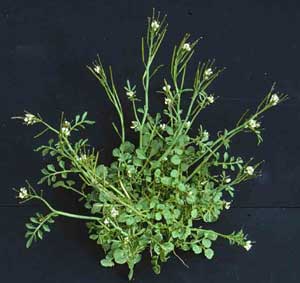
In northern climates Bittercress is a springtime herb growing into summer. Here in Florida it’s a fall herb growing into winter. It is also one of the few mustards, if not the only one, you can find growing in very damp or waterlogged soil. Unlike the Western Tansy Mustard, mentioned above, which adores dry ground, I’ve always found Cardamine hirsuta in well-watered lawns and landscapes or wet spots. In fact this past summer, which was Florida hot as usual, several of our spring-fed streams dried to a trickle exposing much stream-bed. In the shade of a cypress tree on one of those beds an unusual summer crop of Bittercress germinated. All it needed was a bit of shade — read cooler temperatures — and a damp spot.
Bittercress is naturally leggy, whispy, even at its best at the end of a season’s worth of growth. Its prime use is as an addition to salads or soups, more flavoring than material substance. Cardamine hirsuta is one of those plants that is not substantial enough to sustain you but with it potent flavor it makes eating and thus life better. To read about our small winter mustards click here and here.
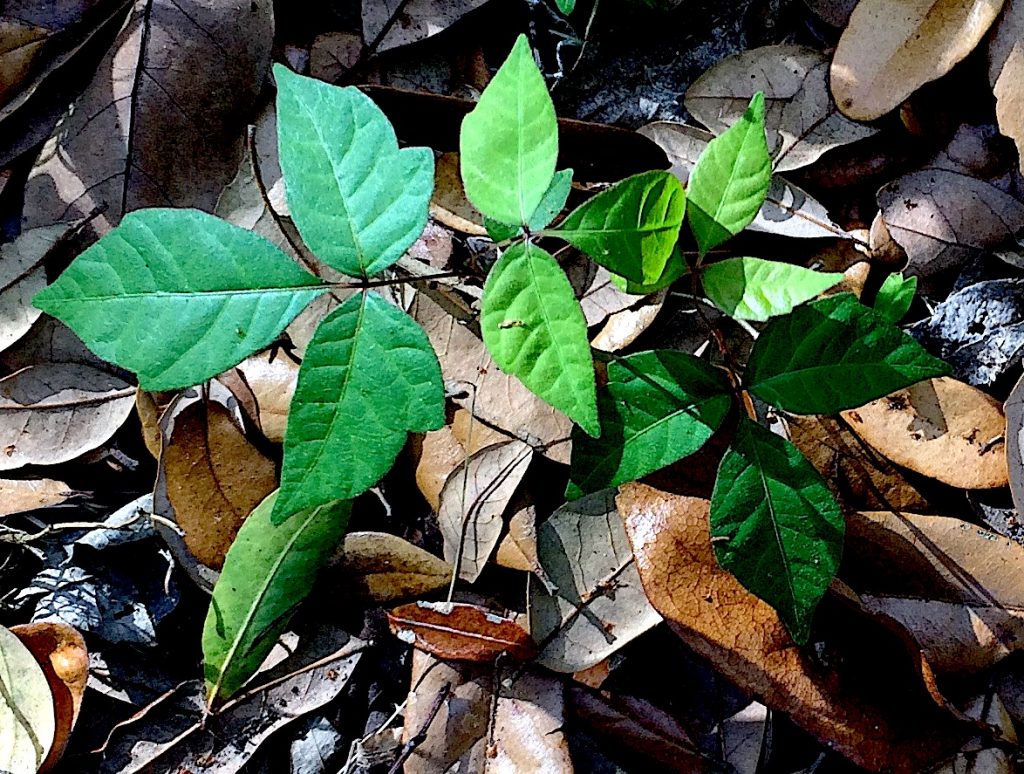
Seasonally there are a lot of straddles now. Chickweed is in most areas. Poorman’s Peppergrass, Shepherd’s Purse and the aforementioned Western Tansy Mustard are at their seasonal height or approaching it. Swinecress, featured recently, is seeding. And along many dry roads banks now you can see Wild Mustards and Radishes forming yellow-blossom hedgerows. Native Plantagos are starting to seed signaling an end to their season. Early Sow Thistles are reaching maturity but are still starting seedlings. We saw both species in Winter Park this past weekend, the Common Sow Thistle and the Spiny Sow Thistle. I should mention Poison Ivy has started it annual growth as has deadly Water Hemlock.
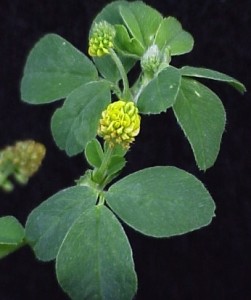
A fairly common “What is it?” seen now is Black Medic. It’s also an iffy edible. While the seeds and greens have been eaten it is not for everyone. Also, to the every-day forager it looks a lot like Hop Clover. Native to the area of Iran, it came to the east coast of the United States around 1807 and went west over the next 130 years. It was on the west coast of the United States in time for the Great Depression in the 1930’s. Native Americans were eating it when surveyed during the Depression thus it got listed as a Native American food. Before the species seeds the easiest way to identity Black Medic from Hop Clover is look at the center leaf of the trifolium. Black Medic’s central leaf has a longer stem than the other two leaves. In Hop Clover all three stems are the same length. Also when they seed Black Medic has black seeds, Hop Clover has brown seeds. And locally Black Medic is common whereas Hop Clover is found mostly Florida’s northwestern counties. You can read all about it here.
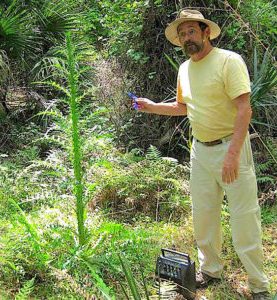
Foraging classes: Quite a stretch this coming weekend, Ocala to Port Charlotte. This past weekend it was Sarasota and Winter Park. (It’s nice to hold a class now and then in which you can walk from coffee shop to coffee shop.) Ocala should have some nice winter species and Port Charlotte some salt-tolerant edibles.
Saturday, February 16th, Jervey Gantt Recreation Complex, 2390 SE 36th Ave., Ocala, FL, 34471. 9 a.m. to noon. Meet at the entrance to the pool, aka Aquatic Fun Center.
Sunday, February 17th, Bayshore Live Oak Park, Bayshore Drive. Port Charlotte. 9 a.m. to noon. Meet at the parking lot at the intersection of Bayshore Road and Ganyard Street.
Saturday, March 2nd, Blanchard Park, 10501 Jay Blanchard Trail, Orlando, FL 32817. Meet near the tennis court near the YMCA building. 9 a.m. to noon
Sunday, March 3rd, George LeStrange Preserve, 4911 Ralls Road, Fort Pierce, FL, 34981. 9 a.m. to noon. The preserve has no official bathroom or drinking water so take advantage of the various eateries and gas stations before arrival.
Saturday, March 9th, Florida State College, south campus, 11901 Beach Blvd., Jacksonville, 32246. 9 a.m. to noon. We will meet at building “D” next to the administration parking lot.
Sunday, March 10th, Haulover Canal, Merritt Island National Refuge, north of the Kennedy Space Center, 9 a.m. to noon or later. Because of its shape this class requires the most walking and climbing, about four miles. We meet at the end of the northwest jetty. Take the time change into account that day so you are on time. There are more directions below.
Saturday March 16th, Wickham Park: 2500 Parkway Drive, Melbourne, FL 32935-2335. 9 a.m. to noon. Meet at the “dog park” inside the park.
Sunday, March 17th, Red Bug Slough Preserve, 5200 Beneva Road, Sarasota, FL, 34233. 9 a.m. to noon.
To learn more about the foraging classes or to sign up go here.
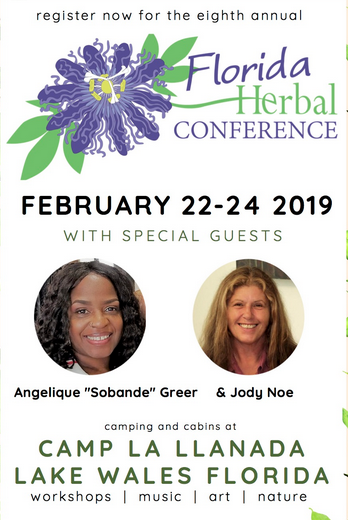
The Florida Herbal Conference is next weekend, February 22-24. It’s their eighth annual event and for the eighth year I will be teaching there. I’m usually the 7 a.m. wake-up class. You can learn quickly at conferences because you are getting a distillation of information from teachers with years of experience. Any questions can be answered quickly and to the point, no rummaging around to resolve an issue. You’re also with like-minded folks so there’s instant camaraderie. You are the majority. For more information go to: Florida Herbal Conference.
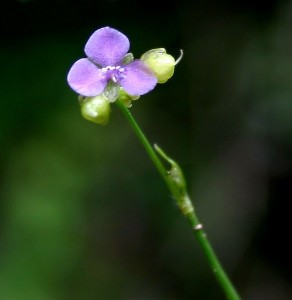
There is a tiny edible that doesn’t get much coverage probably because it is small and not a great flavor, read a famine food. This is the Doveweed, or Murdannia nudiflora. It is often found with its relatives the Asiatic Day Flower and Spiderworts. This is a tiny plant, not usually seen while you’re standing up. When you are on your knees looking for something else is when you will find Doveweed. Locally I locate it in slightly damp locations and in semi- shade. To read more about the Doveweed go here.
“Did you ever eat a larch?” was the subject of a post on the Green Deane Forum (the button to join the forum is on the right hand side of this page.) Euell Gibbons got a lot of mileage from asking “did you ever eat a pine tree?” But what of the larch? There was a stand of them — a Larchhurst — about 300 feet from our front door where I grew up in Maine. One of the first things I noticed was it was a conifer that was not evergreen. It loses its “needles” in the winter. And local folks didn’t call it Larch. It was a “hatmatack” or “tamarack.” These trees can live 700 years, or so the experts say. The sap is edible and the inner bark in spring. Young shoots were cooked as vegetables. Lumps of sap were also chewed like gum. The dried sap was used like baking powder. These things I did not know when I was young though I did know the tree did not size up well for the wood stove. We heated and cooked with wood and my job (besides feeding five horses every day plus haying and manuring) was chopping wood, cord after endless cord of wood. I AM DANGEROUS with an ax. What caught my interest in the larch recently is arabinogalactan. (If you want to try and say it you have two choices: Air-row-BEE-nah-gah-LACK-tin. Or… ah RAB-binn-know-gah-LACK-tin.)
What is arabinogalactan, or specifically Larch arabinogalactan? In two words, dietary fiber. Maybe the first inhabitants were onto something. It’s a ploysaccharide that increases the production of short-chain fatty acids in the lower gut, principally butyrate and propionate. This is from the increased number of friendly anaerobes such as Bifidobacteria and Lactobacillus. The ultimate point of arabonogalactan is to improve your health. How? According to one study it: “…can stimulate natural killer (NK) cell cytotoxicity, enhance other functional aspects of the immune system, and inhibit the metastasis of tumor cells to the liver.” See? There are good reasons to eat a tree.
Soon it will be Tulip season in Europe. The bulbs are edible if properly prepared. Do you know how?
The flavor of Tulips bulbs depend on how hungry you are, and whether you have prepared them correctly. If you have an excess of untreated Tulip bulbs they can be made into a life-sustaining meal or a trip to the hospital. Similar to an onion, the outer layer is removed and the small proto-tulip in the center of the bulb has to be removed. The remaining material can be then processed in a variety of ways, from just boiling to dying, to grinding and adding to flour for baking. The petals are edible as well. To read an interesting bit of history about Tulips click here.

Donations to upgrade EatTheWeeds.com have gone well. Thank you to all who have contributed to either via the Go Fund Me link, the PayPal donation link or by writing to Green Deane POB 941793 Maitland FL, 32794. There are many needs left such as expanding the foraging teacher page and the page on monotypic edibles. I’m still having a hard time finding articles I wrote! There’s always something and such things get more complex and expensive every year. Indeed, the average email cost to send each newsletter is $20.
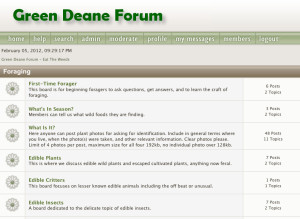
Want to identify a plant? Looking for a foraging reference? Do you have a UFO, an Unidentified Flowering Object you want identified? On the Green Deane Forum we chat about foraging all year. And it’s not just about warm-weather plants or just North American flora. Many nations around the world share common weeds so there’s a lot to talk about. There’s also more than weeds. The reference section has information for foraging around the world. There are also articles on food preservation, and forgotten skills from making bows to fermenting food. One special section is “From the Frightening Mail Bag” where we learn from people who eat first then ask questions later. You can join the forum by clicking on “forum” in the menu.

All My Videos are available for free on You Tube. They do have ads on them so every time you watch a Green Deane video I get a quarter of one cent. Four views, one cent. Not exactly a large money-maker but it helps pays for this newsletter. If you want to see the videos without ads and some in slightly better quality you can order the DVD set. It is nine DVDs with 15 videos on each for a total of 135 videos. Many people want their own copy of the videos or they have a slow service and its easier to order then to watch them on-line. The DVDs make a good gift for that forager you know especially on long, cold winter months. Individual DVDs can also be ordered or you can pick and choose. You can order them by clicking on the button on the top right hand side of this page (if your window is open wide enough.) Or you can go here.
If you would like to donate to Eat The Weeds please click here. Or you can use my Go Fund Me link, or by writing to Green Deane POB 941793 Maitland FL, 32794
This is weekly issue 342.

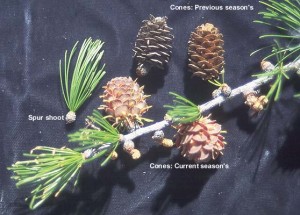
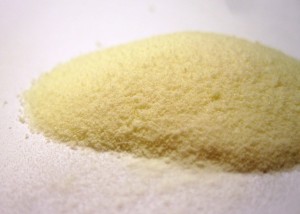
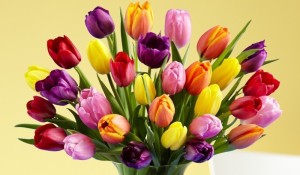

Hi, I’m very sick & gathering herbs & making tinctures to cure fibromyalgia, Lyme, Bartonella, Babesia, & Tularemia. Would you please suggest some for that purpose, please? Is there an app that you’d suggest for plant ID?
Sincerily, Pamela